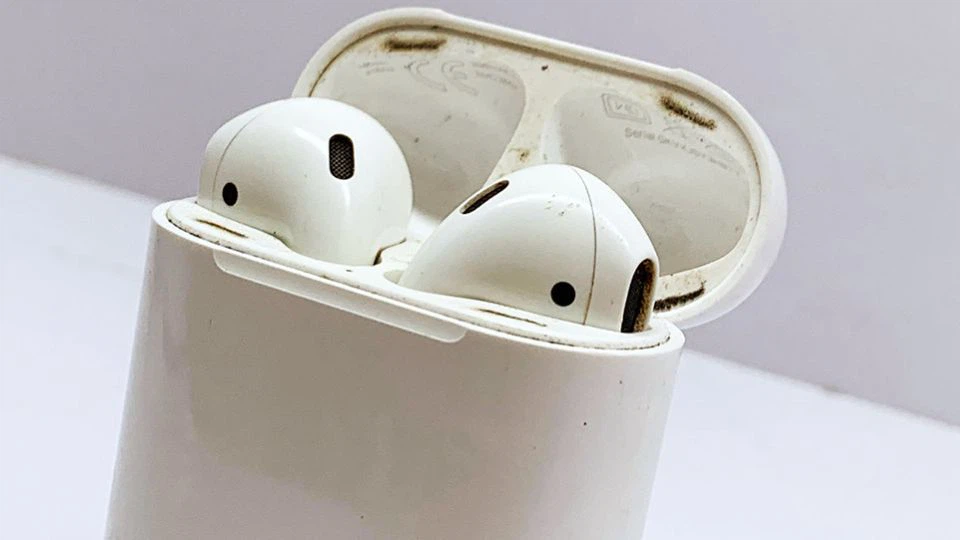If you’re a passionate plant enthusiast, then don’t miss out on this article as we introduce you to the fascinating world of ornamental banana plants and their unique characteristics. Ornamental banana plants have become a popular choice for gardeners and plant lovers alike, so let’s explore why!
1 What is an Ornamental Banana Plant?
Origin and Significance of Ornamental Banana Plants
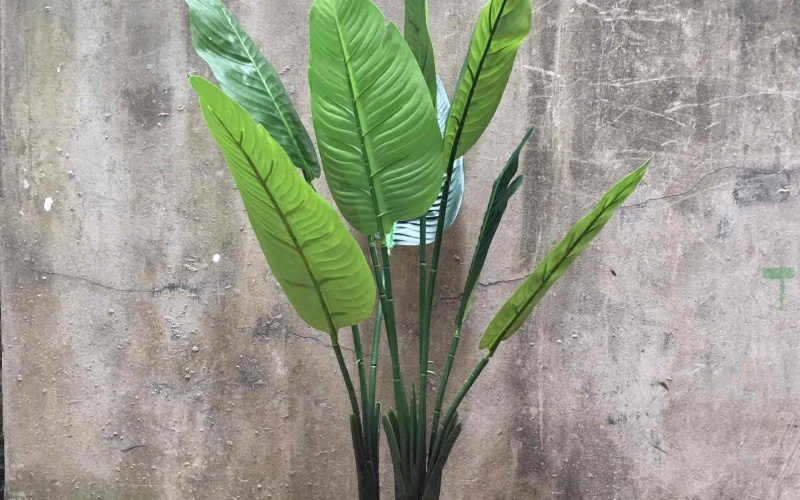 Origin and Significance of Ornamental Banana Plants
Origin and Significance of Ornamental Banana Plants
Ornamental banana plants, scientifically known as Ravenala madagascariensis, belong to the Strelitziaceae family, commonly known as the Bird of Paradise family. These striking plants are also referred to as banana fans, paradise bananas, or banana palms, among other names.
Native to the tropical island of Madagascar, these plants have been introduced to countries with similar climates, including Vietnam. Ornamental banana plants are known for their large, elegant leaves and unique appearance, making them a popular choice for landscaping and home gardens.
Feng Shui Significance of Ornamental Banana Plants
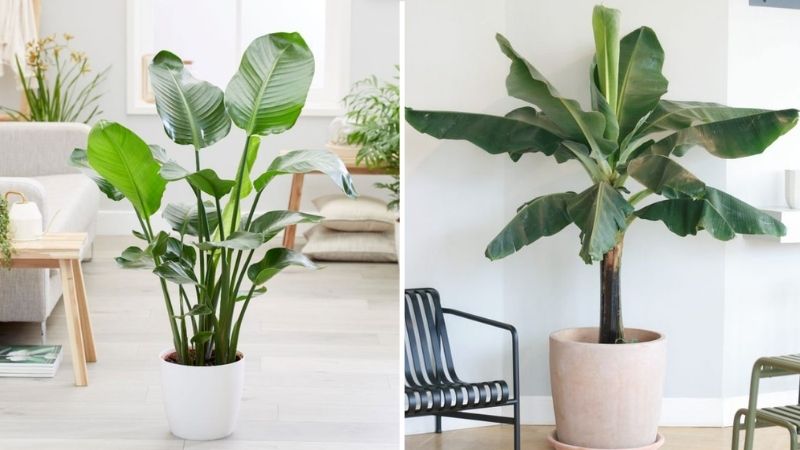 Feng Shui Significance of Ornamental Banana Plants
Feng Shui Significance of Ornamental Banana Plants
In the practice of Feng Shui, ornamental banana plants are believed to possess high spiritual value. They are often placed behind homes to ward off negative energies and evil spirits. This belief is reflected in the Vietnamese saying, “before the areca palm, after the banana plant,” emphasizing their protective role.
Additionally, the large, palm-like leaves of these plants symbolize wealth, prosperity, and happiness, further enhancing their appeal in home gardens.
Characteristics and Classification of Ornamental Banana Plants
Characteristics
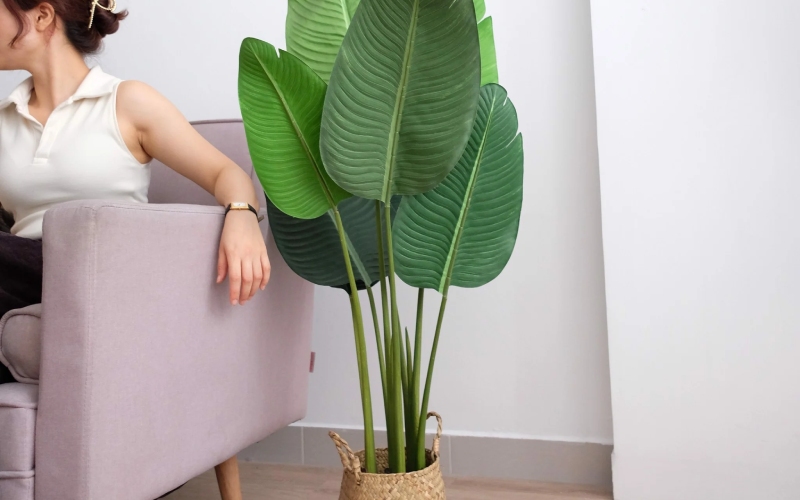 Characteristics of Ornamental Banana Plants
Characteristics of Ornamental Banana Plants
Ornamental banana plants typically grow to a height of 1 to 1.5 meters. Their leaves are elongated ovals with prominent veins, creating a fan-like appearance. The leaves grow at a slight angle, resembling open fans.
These plants have two types of stems: a true stem that grows underground and a false stem that grows above the ground. The false stem is formed by the overlapping bases of the leaves and is green when young, gradually changing color as it ages.
Ornamental banana plants can produce large, fragrant flowers that are white or sometimes red. These flowers eventually develop into fruit.
Classification
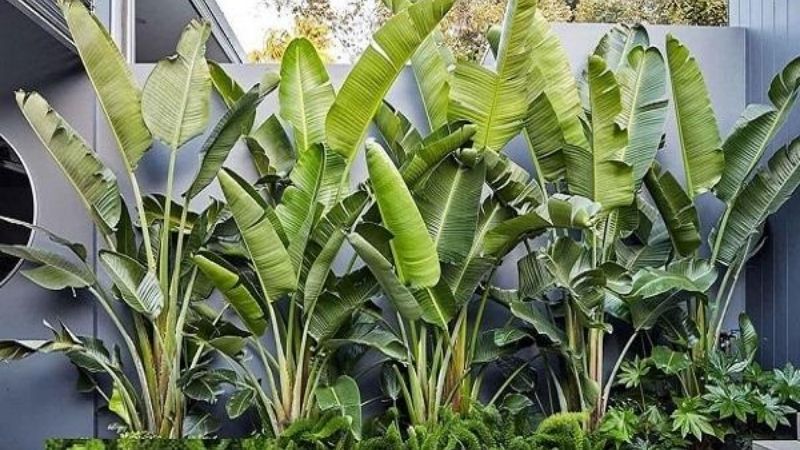 Types of Ornamental Banana Plants
Types of Ornamental Banana Plants
In Vietnam, some popular varieties of ornamental banana plants include the fan banana, mini banana, white flower banana, red flower banana, and Dai Phu Gia banana. Each variety has its unique characteristics, and their cultivation methods may vary depending on individual preferences and conditions.
2 Benefits of Ornamental Banana Plants
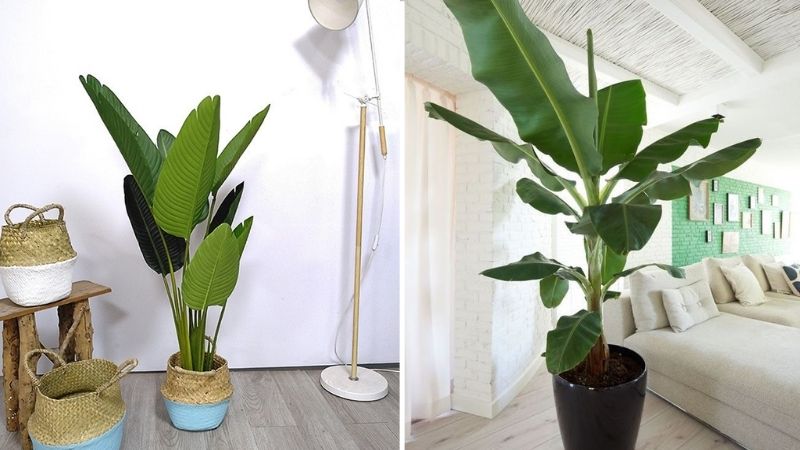 Benefits of Ornamental Banana Plants
Benefits of Ornamental Banana Plants
Aside from their aesthetic appeal, ornamental banana plants offer several benefits. They are known to purify the air, reduce bacteria, and minimize dust, creating a healthier and more comfortable living environment. Their large leaves also provide a sense of tranquility and natural beauty to any space.
3 How to Grow and Care for Ornamental Banana Plants
Growing Ornamental Banana Plants at Home
Soil Selection
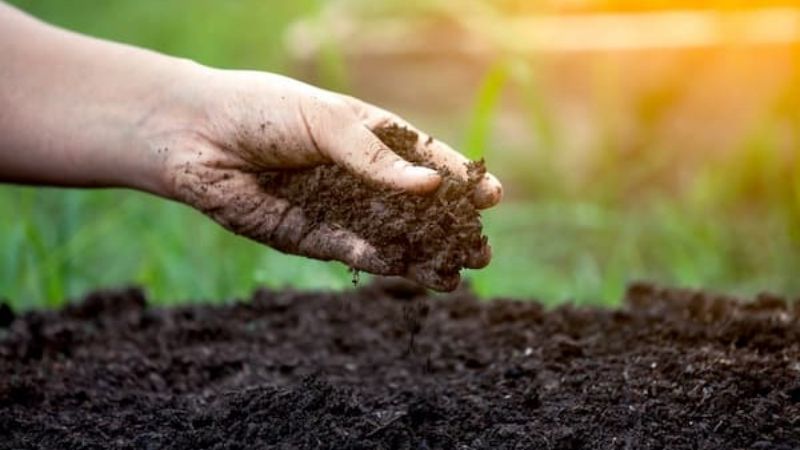 Soil Selection for Ornamental Banana Plants
Soil Selection for Ornamental Banana Plants
- Choose a rich, loamy soil with plenty of organic matter and a light, fluffy texture. Enhance the soil by adding compost or manure, and consider mixing in some coconut coir for better drainage and healthier root growth.
Selecting Seeds or Seedlings
- You can purchase seeds from gardening stores and soak them in warm water for 24 hours. After removing the seed coat, wrap the seeds in a damp cloth, place them in a sealed bag, and wait for germination. Once the seeds have sprouted, you can transfer them to pots or planters.
- Alternatively, you can propagate ornamental banana plants by dividing and replanting the pups (offshoots) that grow from the base of the mother plant.
Temperature Requirements
 Temperature Requirements for Ornamental Banana Plants
Temperature Requirements for Ornamental Banana Plants
- Ornamental banana plants thrive in warm, tropical climates, making Vietnam an ideal environment for their growth. They perform best in temperatures ranging from 25°C to 30°C.
Caring for Ornamental Banana Plants
Watering
 Watering Ornamental Banana Plants
Watering Ornamental Banana Plants
For optimal growth, water your ornamental banana plants generously, twice a day. Ensure the soil remains moist but not waterlogged to prevent root rot.
Light
 Light Requirements for Ornamental Banana Plants
Light Requirements for Ornamental Banana Plants
While ornamental banana plants can be grown indoors, they benefit from exposure to direct sunlight. Place them outdoors or in a sunny spot for a few hours each day to promote healthy growth and vibrant leaves.
Notes on Growing and Caring for Ornamental Banana Plants
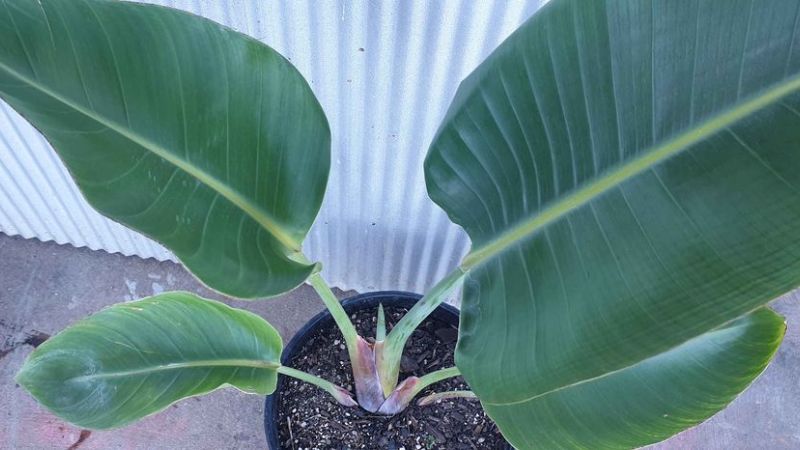 Frequently Asked Questions about Ornamental Banana Plants
Frequently Asked Questions about Ornamental Banana Plants
Are Ornamental Banana Plants Toxic?
- Similar to their larger relatives, ornamental banana plants are non-toxic and safe for humans and animals. This makes them a popular choice for home gardens and landscaping.
What Feng Shui Element Does the Ornamental Banana Plant Represent?
- The green color of the ornamental banana plant’s leaves associates it with the Wood element in Feng Shui. According to the Five Elements theory, Wood generates Fire, making it an excellent choice for individuals with a Fire element in their birth chart.
- Birth years associated with the Wood element include: Canh Dần (1950, 2010); Tân Mão (1951, 2011); Mậu Tuất (1958); Kỷ Hợi (1959); Quý Mùi (1943, 2003); Mậu Thìn (1988); Canh Thân (1980); Tân Dậu (1981); Kỷ Tỵ (1989); Quý Sửu (1973); Nhâm Ngọ (2002).
Where Can I Buy Ornamental Banana Plants, and How Much Do They Cost?
- You can find seeds or seedlings of ornamental banana plants at specialized gardening stores or online marketplaces.
- Price range: Approximately 45,000 to 600,000 VND per plant, depending on size.
4 Beautiful Images of Ornamental Banana Plants
 Ornamental Banana Plants Enhancing Home Spaces
Ornamental Banana Plants Enhancing Home Spaces
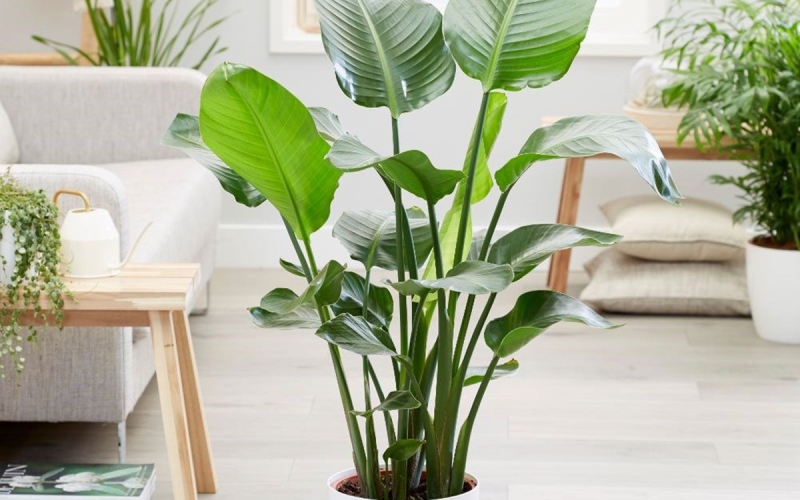 Ornamental Banana Plants for Home Improvement
Ornamental Banana Plants for Home Improvement
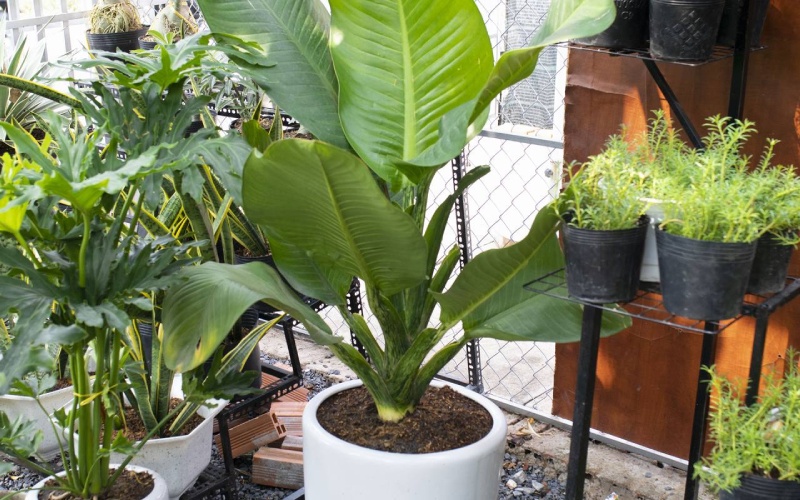 Mini Ornamental Banana Plant
Mini Ornamental Banana Plant
 Leaves of the Ornamental Banana Plant
Leaves of the Ornamental Banana Plant
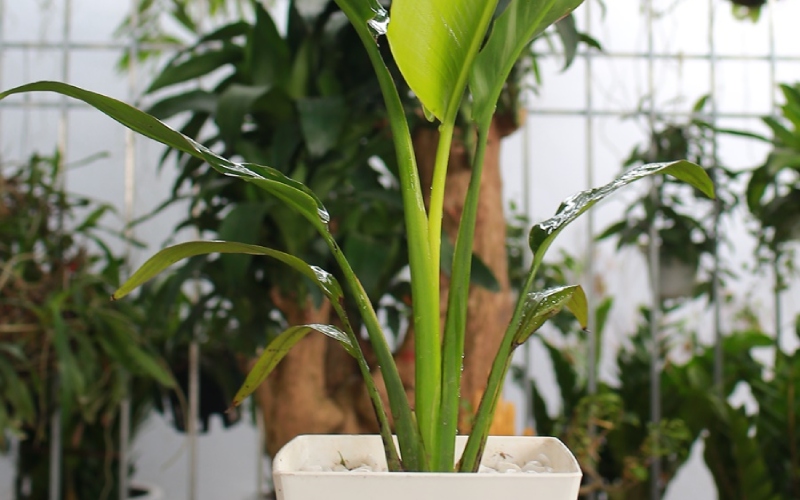 Stem of the Ornamental Banana Plant
Stem of the Ornamental Banana Plant
We hope this article has inspired you to consider adding ornamental banana plants to your home or garden. Thank you for reading, and happy planting!








